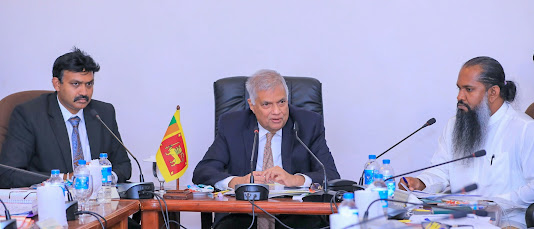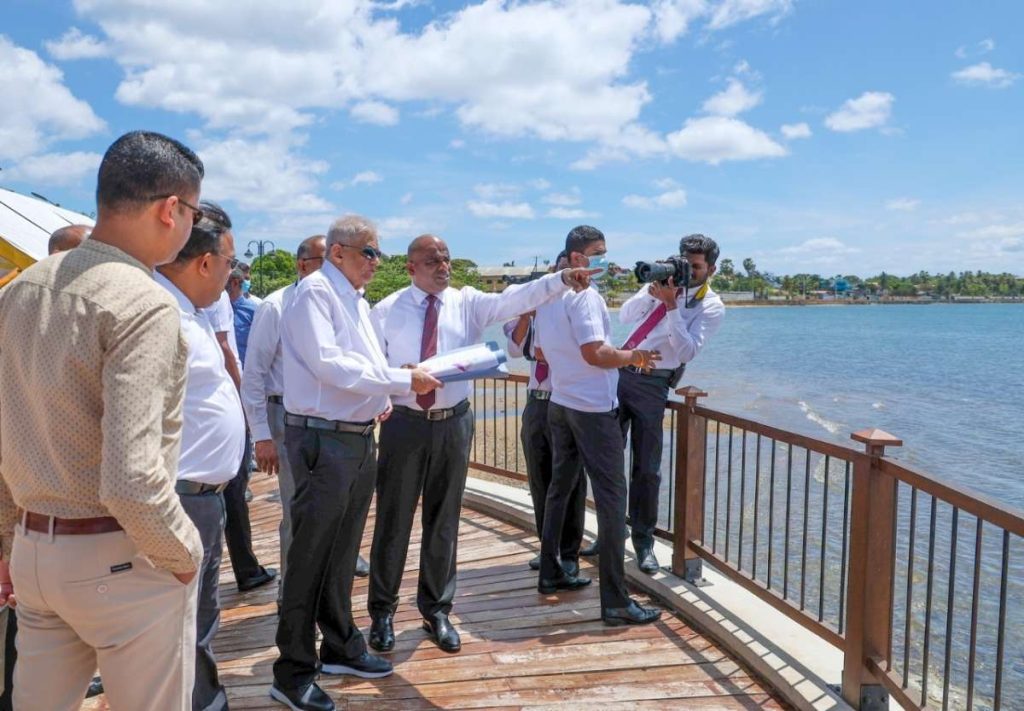President Ranil Wickremesinghe said this addressing a special Committee meeting on the development plan on the Eastern province with particular emphasis on Trincomalee district….reports Asian Lite News
With the support of India, Sri Lanka plans to transform the country’s Eastern port district Trincomalee to a multi-faceted regional hub.
President Ranil Wickremesinghe said this addressing a special Committee meeting on the development plan on the Eastern province with particular emphasis on Trincomalee district.
He added that a comprehensive plan formulated by Surbana Jurong, Singaporean government-owned consultancy company, focussing on infrastructure and urban development pertains to the Trincomalee district’s development supported by an established agreement between Sri Lanka and India.
“It is vital that this accord is executed,” President Wickremesinghe reiterated.
Highlighting the strategic importance of the endeavour, President Wickremesinghe stressed the comprehensive vision for Trincomalee’s transformation into a multifaceted hub encompassing energy, transportation, maritime commerce, naval operations, aviation, industry and tourism.
He stressed the collaborative role of India in realising this strategic programme.
He emphasised the imperative of fostering a conducive environment that reinvigorates the nation’s economy, stressing on the need to engage India’s assistance for this endeavour.
Meanwhile, on Wednesday, India’s External Affairs Minister S. Jaishankar addressing the members of the India-Sri Lanka Parliamentary Friendship Association referred to the bilateral relations between the two South Asian neighbours.
He stressed the importance of Trincomalee hub with its potential of renewable energy and regional economic activities, for mutual benefit of both India and Sri Lanka.
Jaishankar elaborated on India’s vision of fostering long-term and sustainable solutions, mentioning collaborative efforts to address Sri Lanka’s energy requirements through grid connectivity and a Petroleum, Oil and Lubricants (POL) pipeline.
Jaishankar also expressed his hope for a reconciliation process in Sri Lanka that addresses the aspiration of the Tamil community.
Jaishankar was wishing for a reconciliation process that addresses the desires of the Tamil community for equality, for justice and self-respect within the framework of a united and prosperous Sri Lanka.
Jaishankar, in his address, delved into India’s positive contributions to Sri Lanka’s development, stability and prosperity based on geographical proximity and shared democratic values between the two countries.
He had highlighted the swift and substantial response by India to the economic challenges faced by Sri Lanka over the past year, exemplifying India’s commitment to the ‘Neighbourhood First’ policy.
The EAM emphasised that the financial assistance of nearly $4 billion extended by India was unprecedented in both magnitude and swiftness, surpassing the response of international institutions and bilateral partners.





